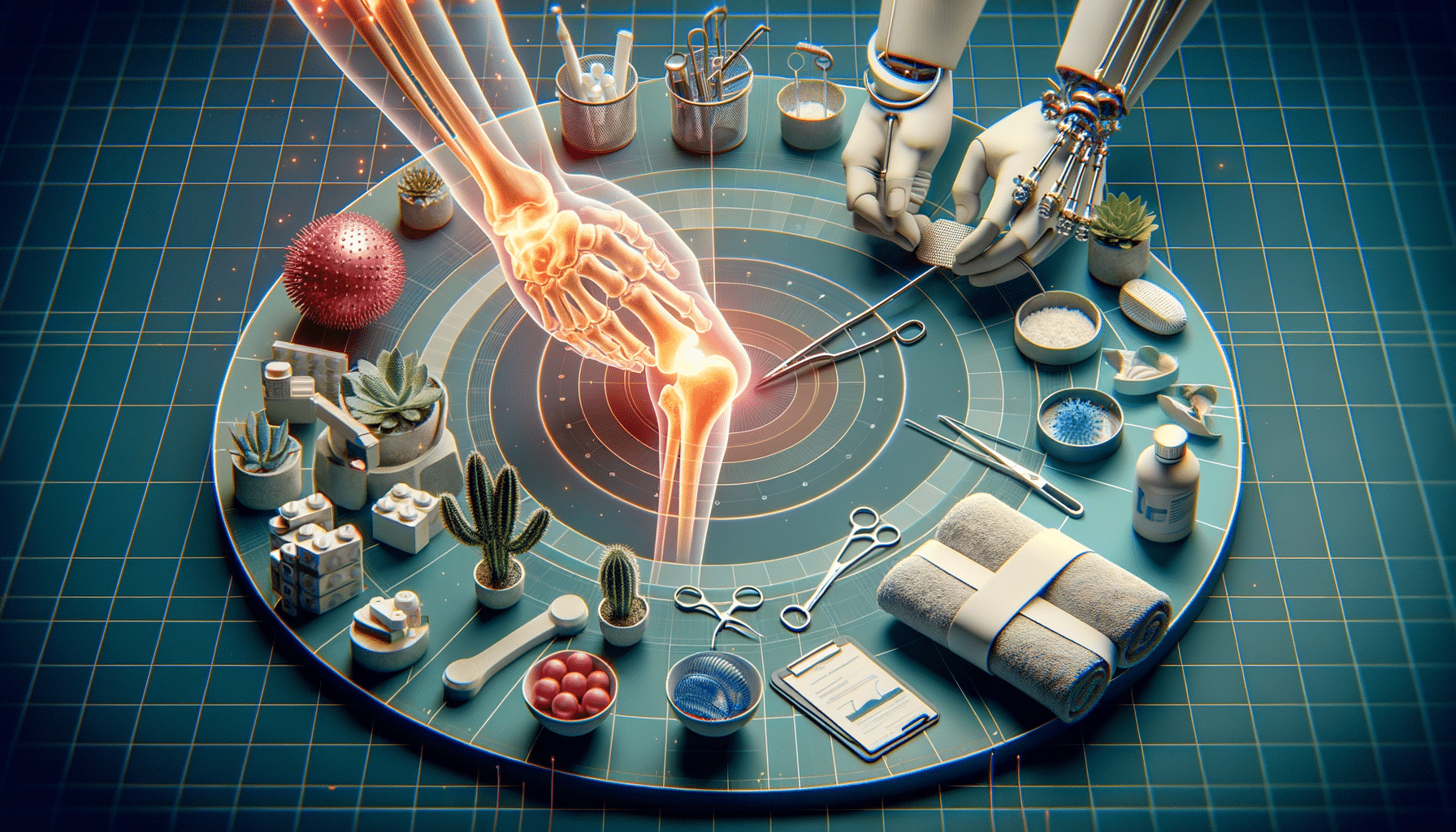See how individuals are addressing hip discomfort through various treatment approaches!
Find support for hip pain with treatment options that focus on mobility, comfort, and long-term relief. Whether it’s due to injury or wear and tear, explore solutions that fit your lifestyle.

Understanding the Causes of Hip Pain
Hip pain can arise from a myriad of causes, each with its own set of symptoms and implications. Understanding the root cause is essential for effective treatment. Common causes include arthritis, bursitis, and injuries such as fractures or sprains. Arthritis, particularly osteoarthritis, is prevalent among older adults and results from wear and tear of the cartilage cushioning the hip joint. This degeneration leads to pain, stiffness, and reduced mobility.
Bursitis, another common cause, involves the inflammation of the bursae, small fluid-filled sacs that cushion bones, tendons, and muscles. It often results from repetitive activities that overwork or irritate the hip joint. On the other hand, injuries such as fractures or sprains can result from direct trauma or accidents, requiring immediate medical attention to prevent further complications.
Identifying the specific cause of hip pain is crucial as it dictates the treatment approach. Diagnosis typically involves a combination of physical examinations, imaging tests like X-rays or MRIs, and a detailed patient history. These tools help pinpoint the source of pain, enabling healthcare providers to tailor a treatment plan effectively.
Non-Surgical Treatment Options
For many individuals, non-surgical treatments offer significant relief from hip pain. These approaches focus on reducing pain and improving mobility without invasive procedures. Physical therapy is often a cornerstone of treatment, emphasizing exercises that strengthen the muscles around the hip joint, improve flexibility, and enhance overall joint function.
Additionally, medication plays a vital role in managing symptoms. Over-the-counter pain relievers like acetaminophen or nonsteroidal anti-inflammatory drugs (NSAIDs) can alleviate pain and reduce inflammation. In some cases, doctors may prescribe stronger medications or corticosteroid injections to provide more substantial relief.
Alternative therapies such as acupuncture, massage, and chiropractic care can also be beneficial. These treatments aim to relieve tension, improve circulation, and promote healing. However, it’s essential to consult with healthcare professionals to ensure these therapies align with your specific condition and overall treatment plan.
Surgical Interventions for Hip Pain
When non-surgical treatments fail to provide adequate relief, surgical interventions may be considered. Hip replacement surgery is a common procedure for severe arthritis or significant joint damage. This surgery involves replacing the damaged hip joint with a prosthetic implant, which can significantly reduce pain and improve mobility.
Another surgical option is hip arthroscopy, a minimally invasive procedure used to diagnose and treat various hip problems. It involves the use of a small camera and instruments inserted through tiny incisions, allowing surgeons to repair or remove damaged tissue.
Surgical interventions, while effective, come with risks and require a period of recovery and rehabilitation. Patients should discuss the potential benefits and risks with their healthcare providers to make informed decisions. Post-surgery, physical therapy is often necessary to restore strength and function to the hip joint, ensuring a successful recovery.
Lifestyle Modifications and Home Remedies
In addition to medical treatments, lifestyle modifications and home remedies can play a significant role in managing hip pain. Maintaining a healthy weight is crucial, as excess weight places additional stress on the hip joints, exacerbating pain and discomfort. Regular low-impact exercises, such as swimming or cycling, can help maintain joint mobility and strength without putting undue stress on the hips.
Applying heat or cold packs can provide temporary relief from pain and inflammation. Heat therapy helps relax and loosen tissues, stimulating blood flow, while cold therapy reduces swelling and numbs sharp pain.
Incorporating ergonomic adjustments in daily activities, such as using supportive shoes or modifying seating arrangements, can also alleviate discomfort. These small changes can make a significant difference in managing symptoms and improving quality of life.
Prevention and Long-Term Management
Preventing hip pain involves a proactive approach to joint health and overall well-being. Regular exercise, focusing on flexibility and strength, is vital in maintaining healthy joints. Incorporating activities like yoga or Pilates can enhance flexibility and strengthen the muscles supporting the hip joint.
Nutrition also plays a crucial role in joint health. A balanced diet rich in calcium and vitamin D supports bone health, while omega-3 fatty acids found in fish oil can reduce inflammation. Staying hydrated and avoiding excessive alcohol and tobacco use further contribute to joint health.
For those with chronic conditions, long-term management may involve periodic consultations with healthcare providers to monitor joint health and adjust treatment plans as necessary. Engaging in community support groups or educational programs can provide additional resources and encouragement for managing hip pain effectively.